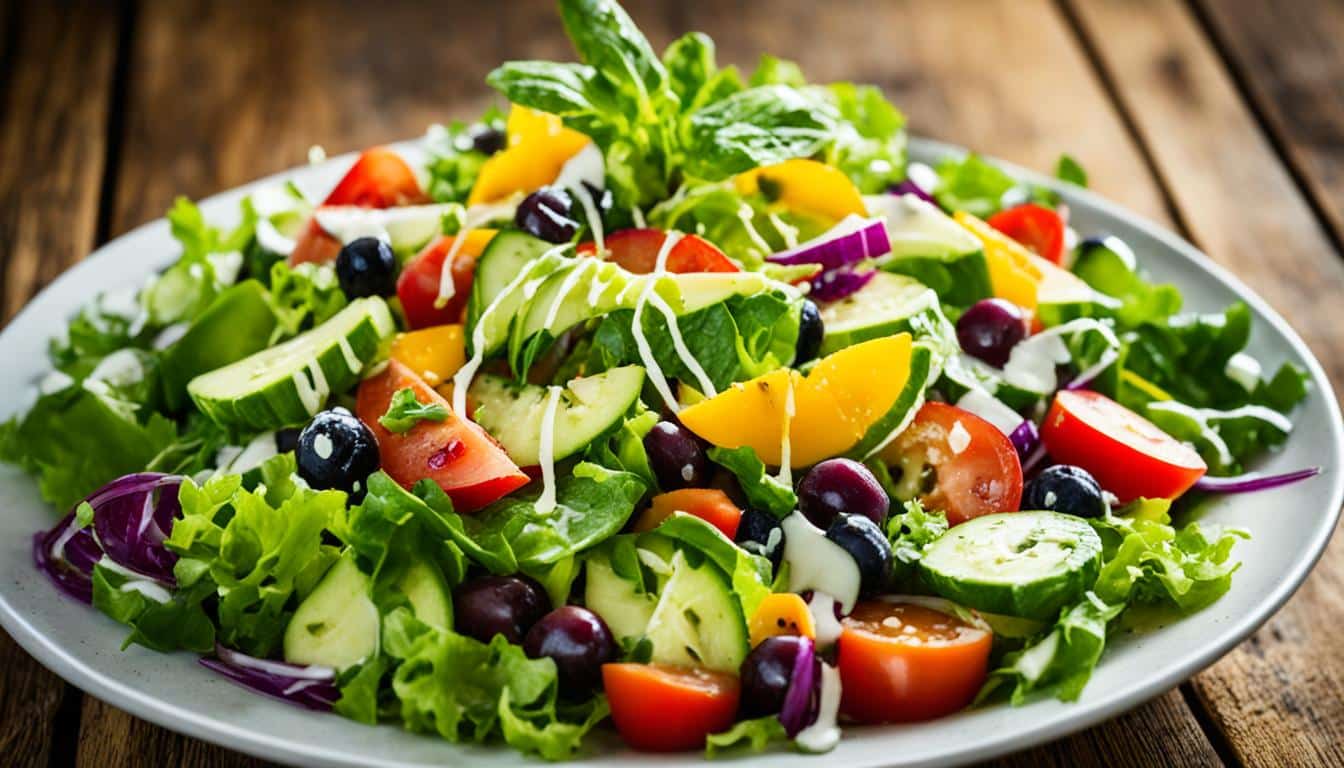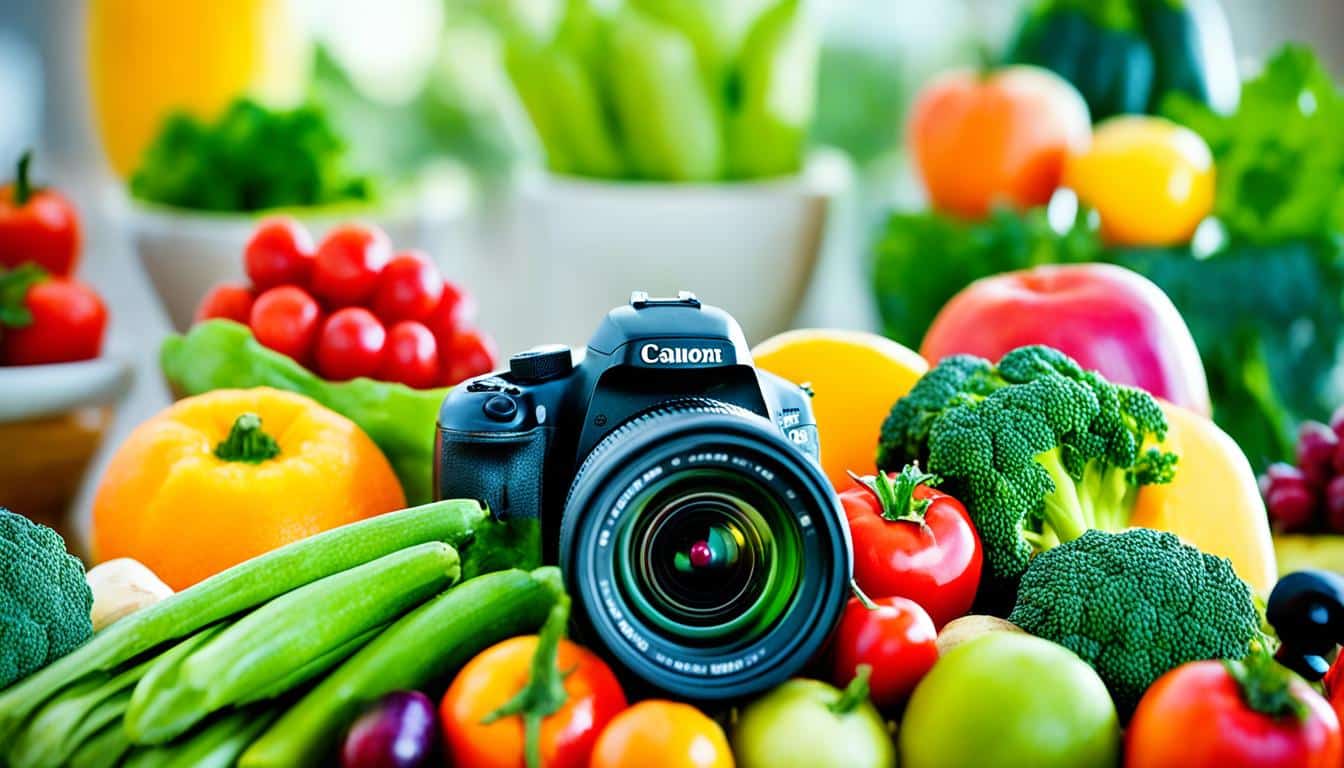How to Keep Honey from Crystallizing (and What to Do if It Does!)
There is no healthier way to sweeten your drinks than to use honey. That is why more and more people are starting to switch to this natural alternative instead of using sugar.
However, a lot of people who have honey in their pantry have dealt with one common problem—crystallized honey. If you have experienced this before, you may be wondering how you can prevent it. Well, we will discover how we can do that in this article.
Why Does Honey Crystallize?
Many people think that crystallization is an indication of a honey’s poor quality, but that is totally not the case. It is natural for honey to undergo crystallization over time.
For your information, honey is made up of 70% carbohydrates. It also has a water content of no more than 20%. From this, we can say that there is not enough water content to keep the sugar dissolved for an extended period. As a result, the crystal will start to form over time.
How to Keep Honey from Crystallizing
The good news is, there are ways on how you can prevent the crystallization process of honey. If you want to maintain the pourable form of your honey, here are some tips on how to keep honey from crystallizing:
Filter the honey.
Many people believe that crystallization is mainly brought about by the large particles found in most honey products. That is why the best way to prevent crystallization is to filter out your honey to get rid of these large particles.
When you reduce the amount of glucose in the honey, the chances that the honey will crystallize is a lot lower.
Store your honey properly.
The first thing you need to know is that the lower the temperature, the less likely that the honey will not crystallize. In fact, temperatures of around 10 degrees Celsius will prevent crystallization of honey. However, temperatures of more than 21 degrees Celsius encourage crystallization.
Another critical factor that you should know is that temperatures of more than 27 degrees Celsius can also discourage the crystallization process. However, these promote fermentation (and eventually, spoilage) of the product.
That is why it is essential that you place the honey in a cool and dry place so you can allow the honey to maintain its pourable state. Moreover, you should also keep it in a tightly sealed container to protect it from unwanted environmental factors.
Maintain a steady heat when bottling honey.
If you produce and collect your own honey, it is a must that you maintain a steady temperature (104 to 140 degrees Fahrenheit) during the bottling process.
Use a honey heating blanket.
One great way to minimize honey crystallization is to make use of a honey heating blanket during its manufacturing process.
This blanket prevents crystallization by keeping the temperatures steady during the bottling and production process. It also prevents the loss of nutrients from the honey. Many honey producers use this item to keep their products smooth and viscous.
Can You Eat Crystallized Honey?
The next question many people ask is this—is it safe to eat crystallized honey? The simple answer is this—yes, of course! It is only the form, and not the composition or quality, of the honey that has changed.
In fact, a lot of people preferred crystallized honey simply because they find it easier to spread on bread and pastries. But when it crystallized too much, you will experience spreading issues too. Lucky for you, there are ways on how to de-crystallize honey.
How to Fix Crystallized Honey?
Bringing back your crystallized honey to its original form is not as difficult as you would think. In fact, you only need to take a few steps to bring your honey back from its former glory. Here they are:
Soak honey in hot water.
Remove the lid of the honey’s container then place the bottle in either a bowl or a bigger jar. Pour hot water into the bowl. The water must not be higher than the opening of the honey bottle so the water won’t go inside.
Soak the honey in the water until the crystals dissolve. If there are small crystals left, you can get rid of the water and replace it with a new set of hot water or try covering the honey bottle again and shake it vigorously to completely get rid of all the crystals in the honey.
Microwave the honey.
If you have a microwave at home, the simplest way to de-crystallize honey is to transfer it into a microwave-safe container. Remove the lid. Place the container with the honey inside the microwave.
Set the microwave to medium heat for 30 seconds. Afterward, remove the container from the microwave and use a wooden spoon to stir the microwave to get rid of the crystals.
If there are still crystals left, microwave it again for 30 seconds then remix it. Continue doing this for until all crystals have been entirely removed.
Please exercise extra precaution when microwaving the honey as it may cause the product to boil which may be scorching to the skin so refrain from touching it with your bare hands. It is also recommended that you wear oven mitts to avoid unwanted accidents.
In Summary
Crystallized honey is completely safe to eat, but the formed crystals can be a nuisance for people who like to keep their honey smooth, viscous, pourable and crystal-free. Lucky for you, there are plenty of ways on how to keep honey from crystallizing. You can implement these methods during the production and bottling process and even afterward.
In the event that your honey has already crystallized, don’t fret. It can still be saved. You just simply have to follow the de-crystallization steps mentioned in the last section.
If you have more tips on how to properly store and bottle honey and prevent it from crystallizing, please share them with us below!
If you want organic honey, I recommend you try this: ORGANIC RAW HONEY














Post Comment